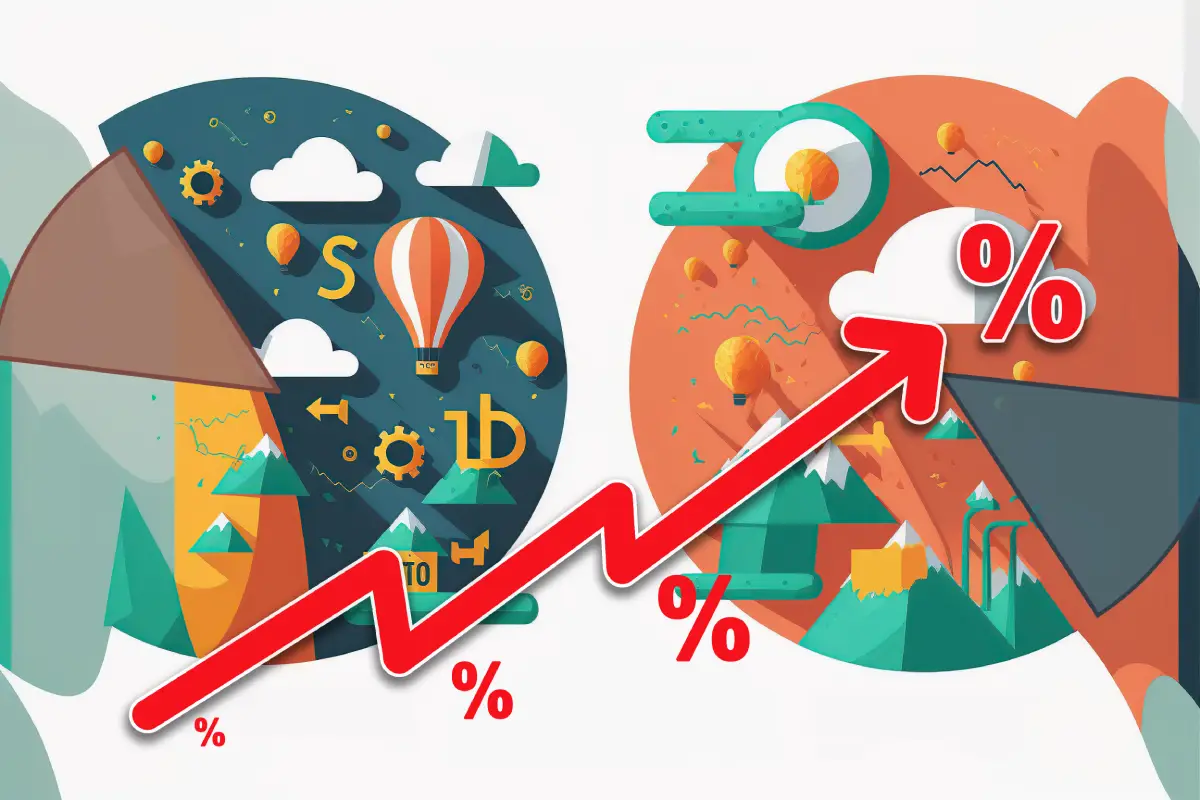Boom & Bucket: The Cycle of Economic Ups and Downs
Economic cycles, often referred to as the boom and bust cycle or the boom and bucket cycle in colloquial terms, are a fundamental aspect of modern economies. These cycles are characterised by periods of expansion (boom) and contraction (bust or bucket), which can have significant impacts on businesses, consumers, and governments alike.
The Boom Phase
During the boom phase of the economic cycle, various factors align to stimulate growth and prosperity. Key indicators such as rising GDP, low unemployment rates, increasing consumer spending, and bullish stock markets typically characterise this period.
- Consumer Confidence and Spending: As economic conditions improve, consumers feel more secure in their jobs and finances, leading to increased spending on goods and services. This uptick in consumer demand often fuels further economic growth.
- Investment and Innovation:Businesses are more willing to invest in new ventures, research, and development during boom times. This investment can lead to technological advancements, productivity gains, and overall economic dynamism.
- Employment Opportunities: Job creation tends to rise as businesses expand operations and hire more workers. Lower unemployment rates contribute to higher disposable incomes, further boosting consumer spending.
The Bucket Phase
However, economic booms are not sustainable indefinitely. The boom phase eventually gives way to the bucket phase, characterised by economic slowdown, reduced consumer spending, and declining business profits.
- Market Corrections:Stock markets may experience corrections or even crashes, eroding investor confidence and wealth. This can have a ripple effect on consumer spending and business investments.
- Business Contraction: As demand slows, businesses may cut back on production, leading to layoffs and higher unemployment rates. Reduced consumer spending exacerbates this downturn.
- Government Response: Governments often intervene during economic downturns through fiscal policies (like tax cuts or increased spending) and monetary policies (such as interest rate cuts) to stimulate the economy and mitigate the effects of the downturn.
Causes and Implications
Several factors contribute to the boom and bucket cycle:
– Interest Rates: Central banks adjust interest rates to control inflation and stimulate economic activity. Low interest rates during booms encourage borrowing and investment, but higher rates during busts can constrain spending and investment.
– Global Economic Factors: International trade, geopolitical events, and global financial markets play significant roles in shaping economic cycles. Economic interconnectedness means that a downturn in one region can quickly affect others.
– Psychological Factors:Sentiment and confidence among consumers and businesses influence spending and investment decisions. Positive sentiment can sustain a boom, while fear and uncertainty can deepen a bucket.
Managing the Cycle
While economic cycles are inevitable, governments and businesses can take steps to manage their impact:
– Diversification: Businesses that diversify their product lines or customer bases may better weather economic downturns.
– Risk Management: Sound financial planning, including managing debt and maintaining liquidity, can help businesses survive downturns.
– Policy Responses: Governments can implement counter-cyclical policies to smooth economic fluctuations and support growth during downturns.
Conclusion
The boom and bucket cycle is a natural feature of modern economies, driven by complex interactions of economic, psychological, and global factors. While booms bring prosperity and opportunities, busts present challenges that test resilience and adaptability. Understanding these cycles and their causes can empower businesses, governments, and individuals to navigate economic uncertainties more effectively, fostering sustainable growth and stability in the long term.

Leave a Reply